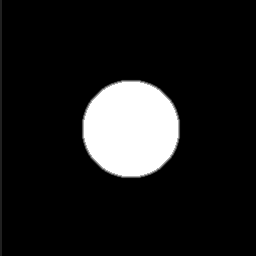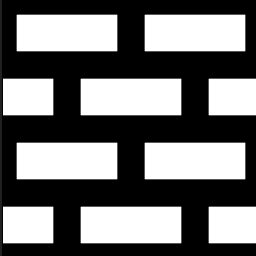The expanding outward fade will terminate as soon as it meets another cell: they will never overlap. Internally this is actually calculating and displaying the distance to the nearest pixel > 0.5, with the distance node set as a clamp/maximum.
An optional source map allows for combining the cells with the texture from a secondary input map.
The distance node is not an easy node to master, but it's main use cases are expanding existing masks in a reliable way (as compared to blurring and adjusting contrast), generating Voronoi-type noise cells, and beveling existing shapes with a sharp, linear profile (that can be remapped later.
See the below examples for more info.




